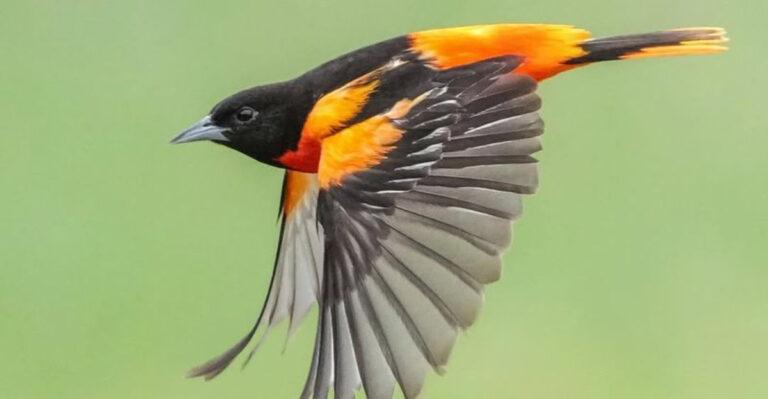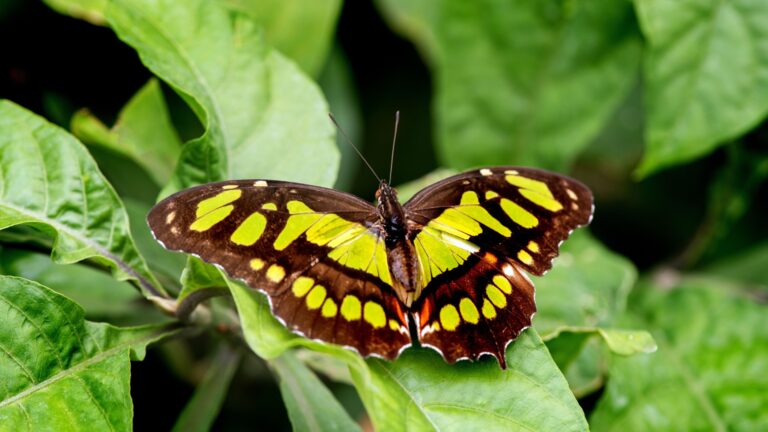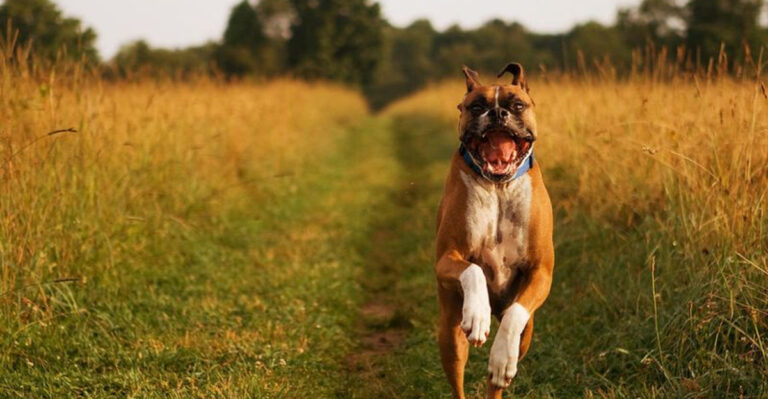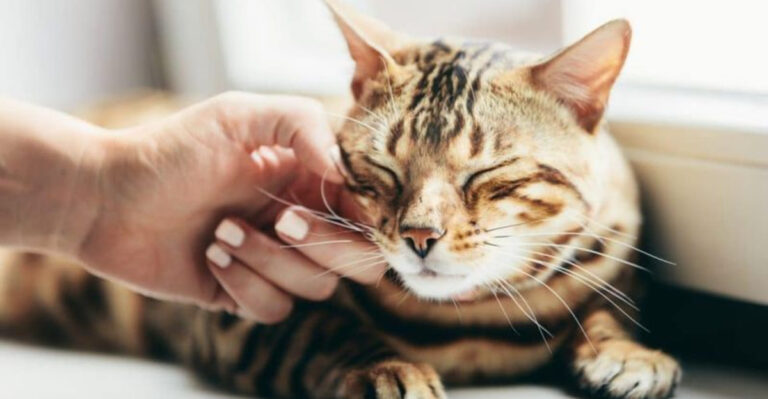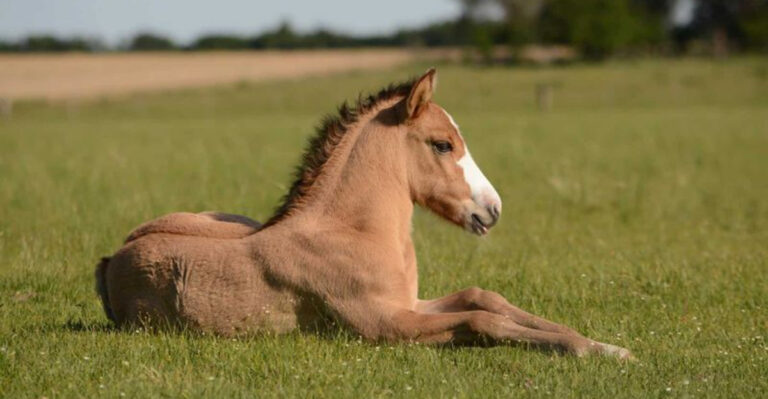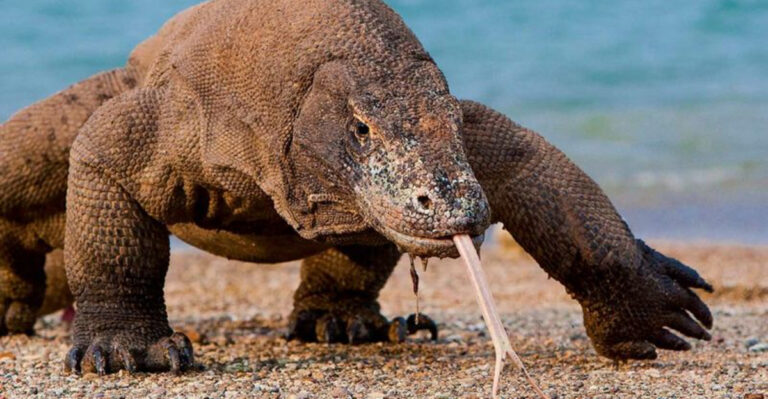27 Animals That Hunt In Packs (And Why Wolves Aren’t The Scariest)
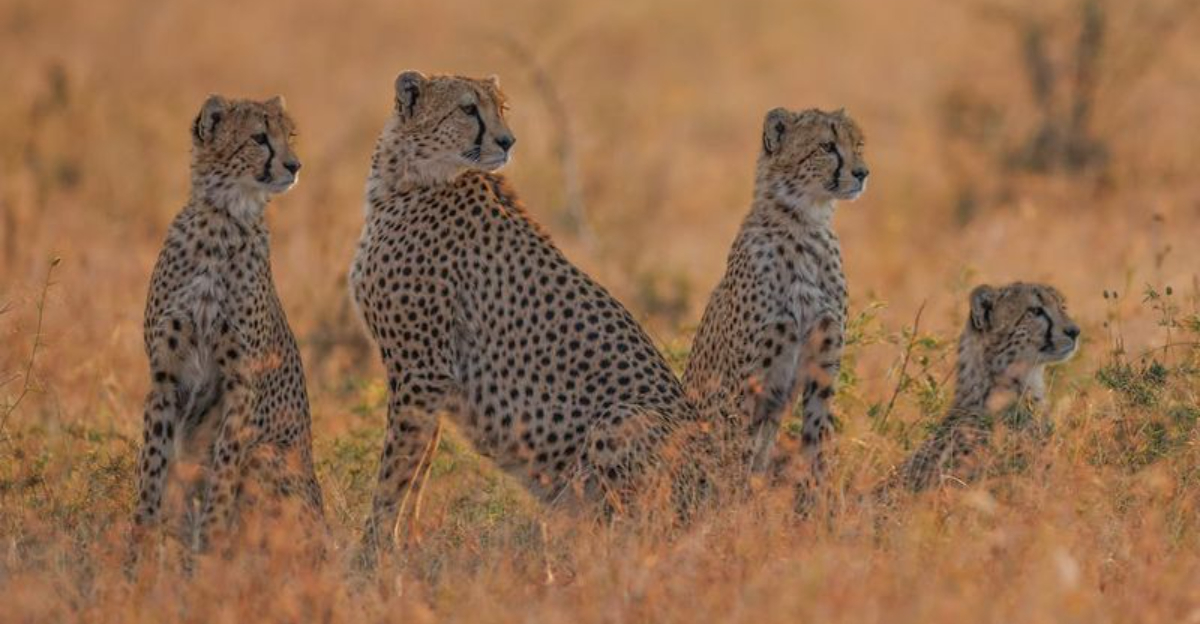
While wolves often steal the spotlight as the quintessential pack hunters, the animal kingdom is filled with creatures that hunt collectively, each bringing unique skills and strategies to the table.
From the sweeping savannas to the depths of the ocean, these animals’ cooperative behaviors not only increase their hunting success but also showcase incredible social structures.
1. African Wild Dogs
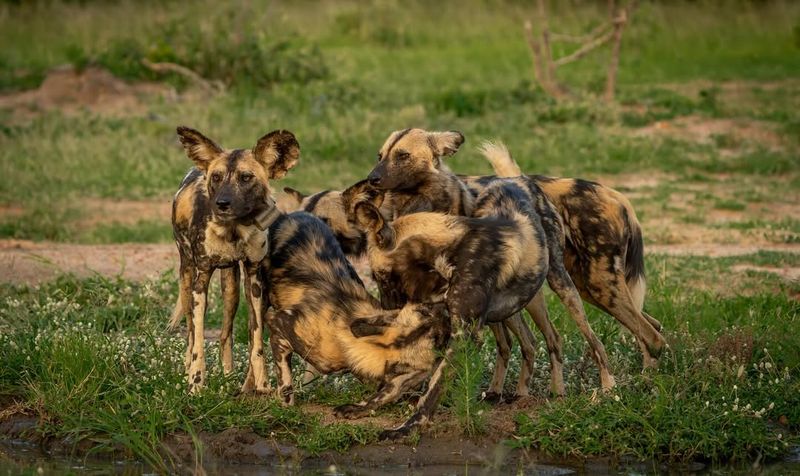
African Wild Dogs, known for their striking coats and large, rounded ears, are one of the most efficient pack hunters. These canines form packs consisting of up to 20 individuals.
They use sophisticated hunting strategies, often sprinting at speeds of up to 44 miles per hour to exhaust prey, such as antelopes. Their cooperative efforts ensure that every member of the pack is fed, reflecting their strong social bonds.
2. Lions
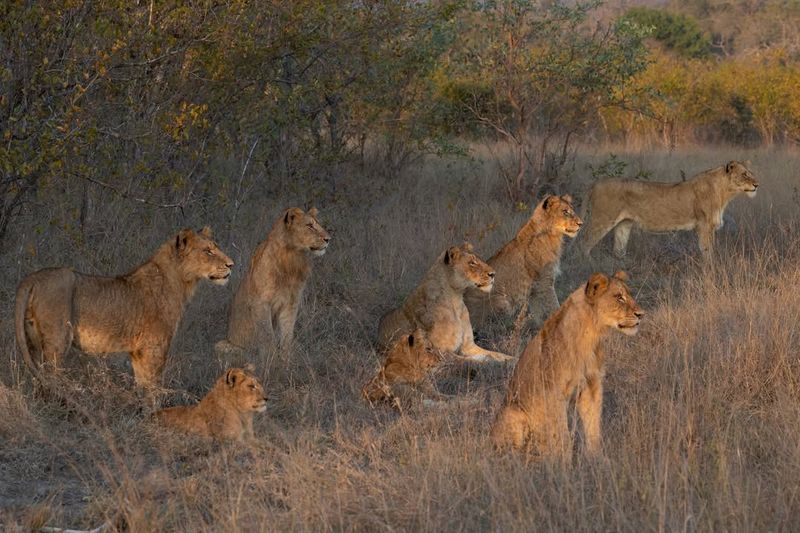
Lions, the apex predators of the African plains, hunt in prides primarily composed of related females and their offspring. These majestic cats strategically encircle and ambush prey, often targeting large animals like zebras and buffalo.
The lionesses do most of the hunting while male lions protect the pride’s territory, showcasing a division of labor.
3. Spotted Hyenas
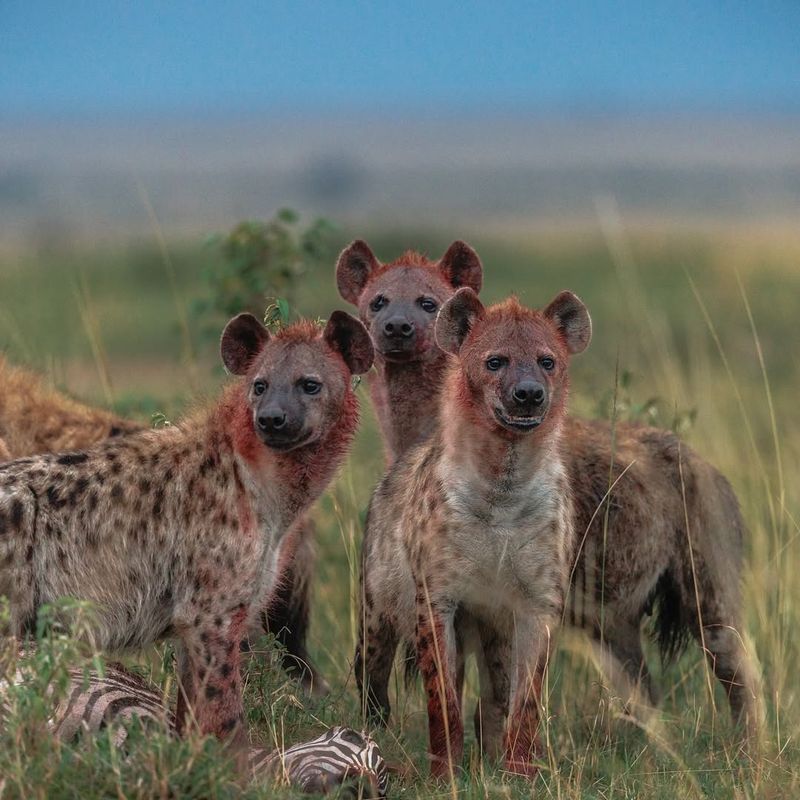
Spotted Hyenas are often misunderstood, but they are highly skilled pack hunters with a complex social hierarchy. They hunt in clans that can include up to 80 members, employing vocal communications to coordinate their efforts.
Their strong jaws can crush bones, allowing them to consume nearly every part of their prey. Hyenas often target medium-sized ungulates, such as wildebeest, and their persistence enables them to cover vast distances in search of food.
4. Orcas
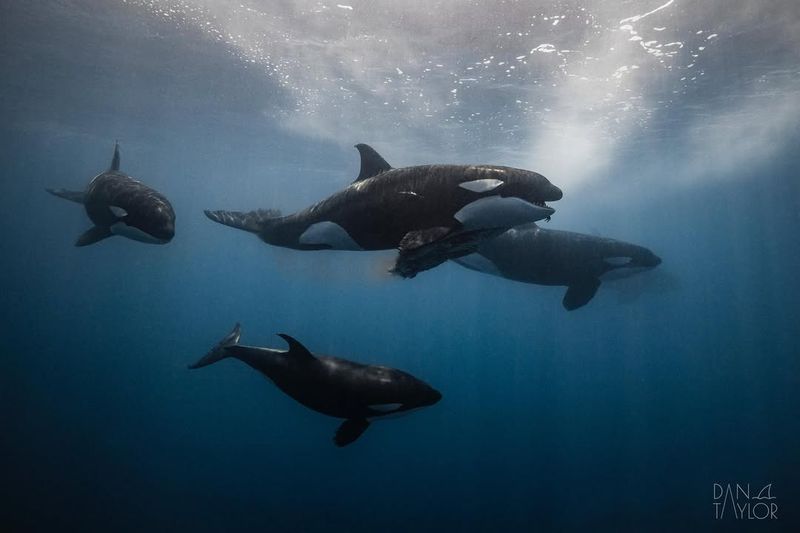
Killer Whales, or Orcas, are apex predators with sophisticated hunting techniques. They hunt in pods, which are matriarchal family groups that collaborate to capture prey.
Their diet varies geographically, from fish to marine mammals, and they use unique strategies like wave-washing to capture seals. These dolphins communicate with clicks and calls, demonstrating intelligence and social complexity.
5. Gray Wolves
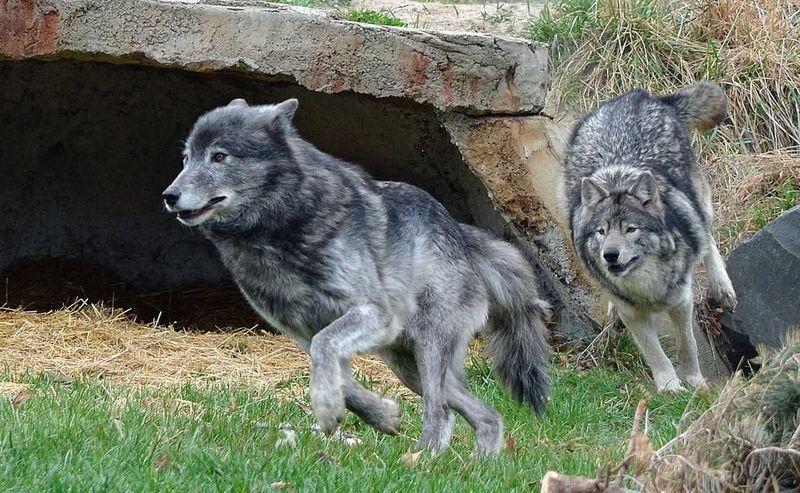
Gray Wolves are emblematic of pack hunting, with highly structured social hierarchies comprising an alpha pair and their offspring. They traverse vast territories in search of large prey such as elk or deer.
Wolves communicate through vocalizations and body language, coordinating their movements to outmaneuver prey. Their teamwork results in high hunting success rates, reflecting their adaptability and intelligence.
6. Dolphins
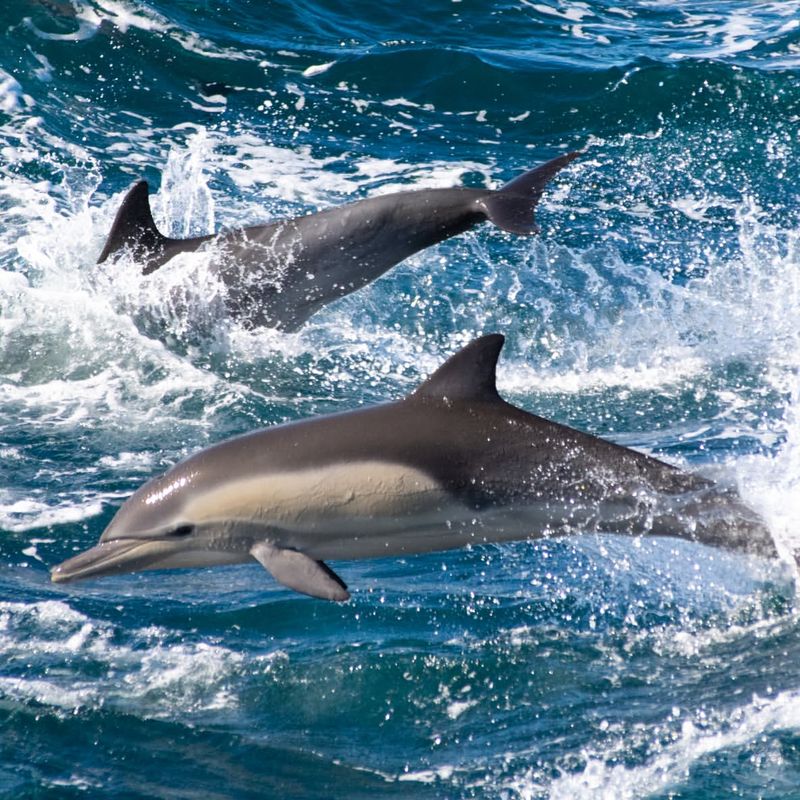
Dolphins are renowned for their intelligence and playful nature, but they are also adept hunters. They travel in pods and use echolocation to locate prey, such as fish and squid.
Their hunting strategy often involves herding fish into tight balls, making them easier to catch, a tactic known as “bait balling.” Dolphins communicate with clicks and whistles, coordinating their efforts with precision.
7. Harris’s Hawks
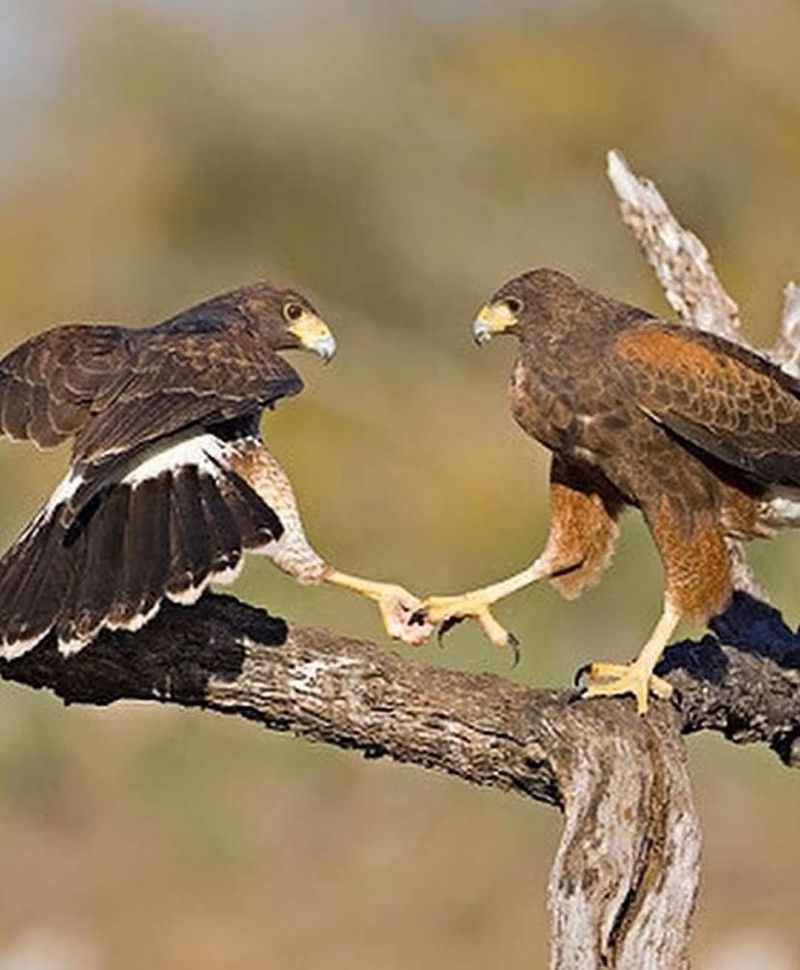
Harris’s Hawks are unique among birds of prey for their cooperative hunting behavior. These raptors hunt in groups, often consisting of a dominant pair and several other birds.
They work together to flush out prey, such as rabbits, in the arid desert regions. By hunting in groups, they can tackle larger and more elusive prey, increasing their success rates.
8. Chimpanzees
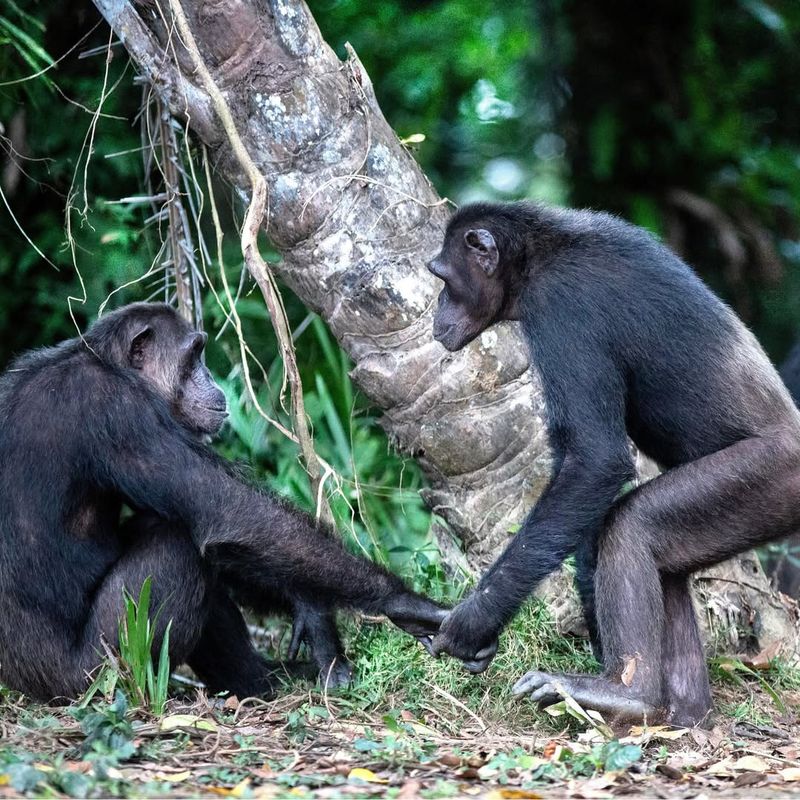
Chimpanzees are not only our closest relatives but also intelligent hunters. In forests, they form hunting parties to capture monkeys and other small mammals.
They use branches as tools to dislodge prey or drive them into ambushes, showcasing their problem-solving abilities. Chimpanzees communicate through vocalizations and gestures, coordinating their strategies effectively.
9. Bottlenose Dolphins
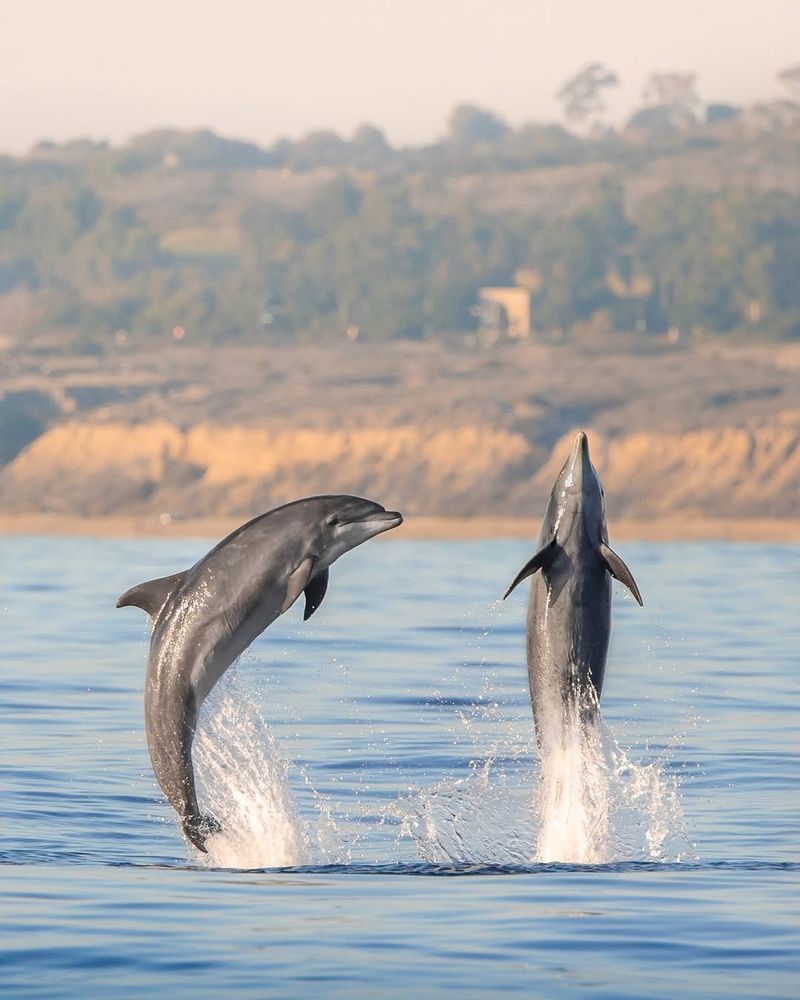
Bottlenose Dolphins, a species known for their intelligence, exhibit fascinating hunting techniques. In shallow waters, they use a method called “mud ring feeding,” where they trap fish in a ring of mud, making them easy to catch.
This strategy is coordinated among the pod, showing advanced planning and cooperation. Dolphins communicate with a series of clicks and whistles, enhancing their ability to hunt collectively.
10. Cheetahs
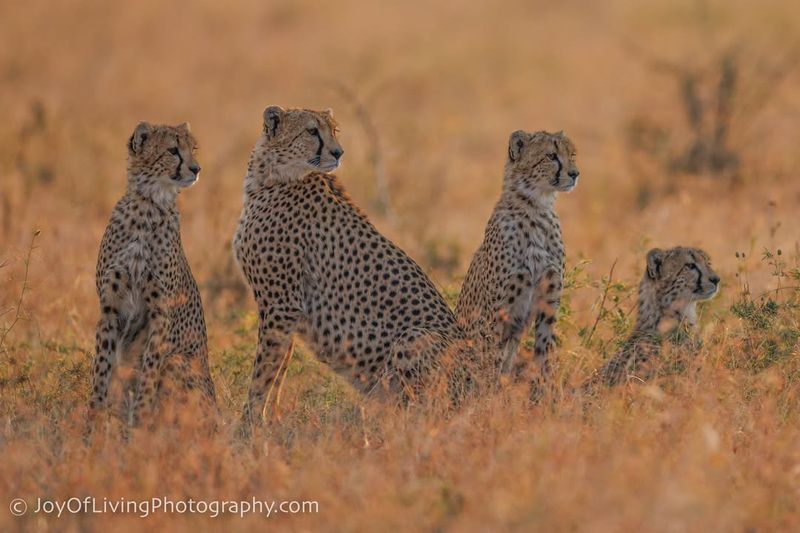
Unlike most big cats, male cheetahs sometimes form coalitions to hunt, increasing their success rates. These coalitions usually consist of brothers born in the same litter, working in perfect harmony.
Cheetahs rely on speed and stealth, targeting prey such as gazelles. By collaborating, they can take down larger animals than they could alone.
11. Piranhas
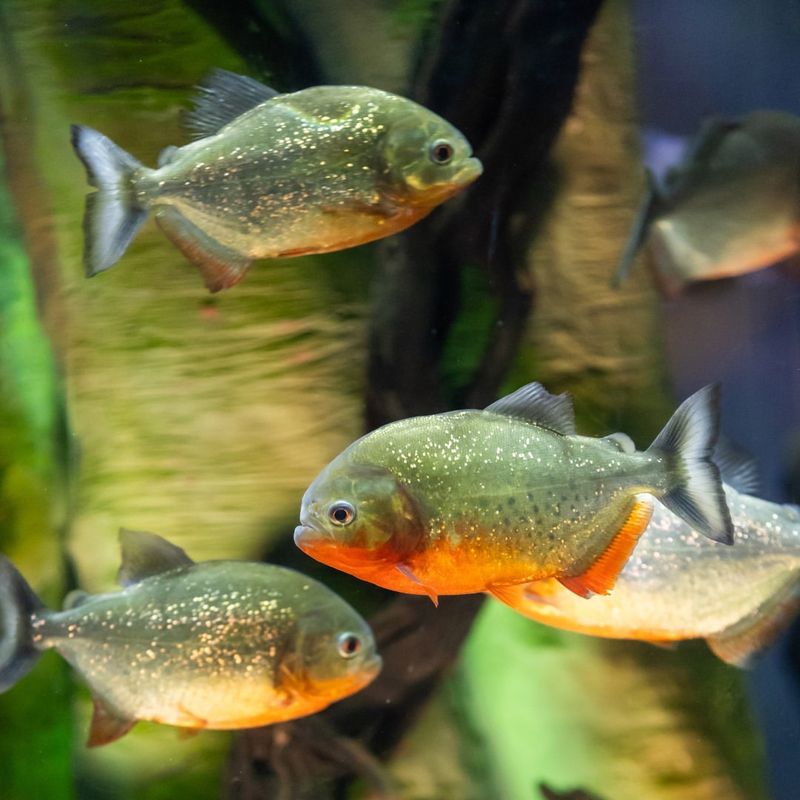
Piranhas, often depicted as fearsome predators, actually display fascinating social behaviors when hunting. These fish form schools that can number in the hundreds, using their sheer numbers as a primary tactic.
They overwhelm prey with a feeding frenzy, their sharp teeth tearing into the target within moments. While their reputation is exaggerated, piranhas do use cooperation to efficiently exploit food resources.
12. Vultures
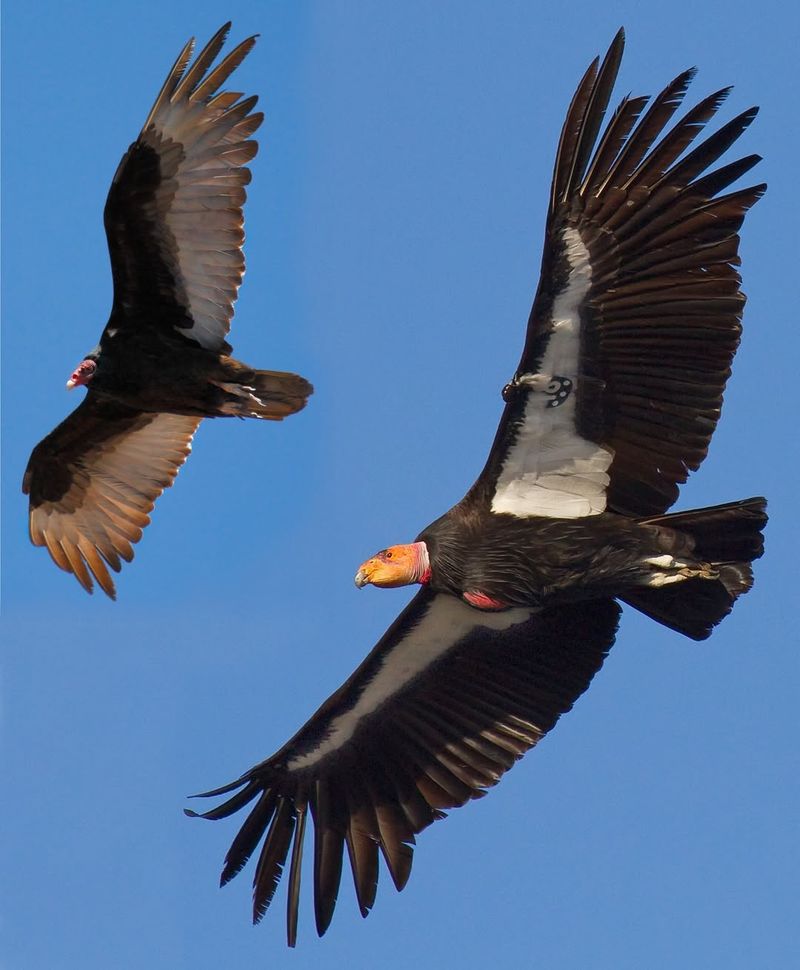
Vultures are known as nature’s clean-up crew, but their group hunting isn’t about taking down prey. Instead, they specialize in spotting and consuming carrion.
By hunting in numbers, vultures can efficiently locate carcasses over large areas. Their keen eyesight allows them to spot opportunity from great heights, and their presence signals others to join in.
This cooperative behavior ensures that they maximize food intake from scarce resources, preventing waste and maintaining ecological balance.
13. Meerkats

Meerkats may not hunt large prey, but their cooperative foraging is a marvel of teamwork. Living in groups called mobs, they rely on sentinels to keep watch for predators while others search for food.
This division of labor allows meerkats to efficiently gather insects and small vertebrates in the desert landscape. Their social structure is centered around a dominant breeding pair, with all members contributing to the care of young.
14. Banded Mongooses
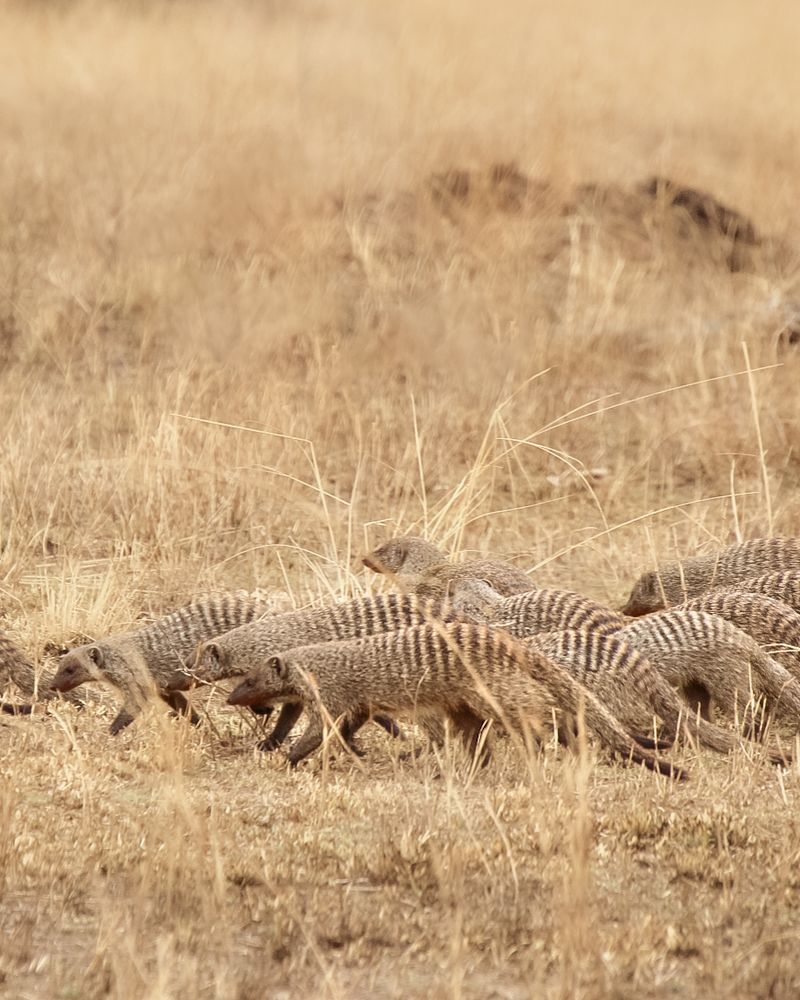
Banded Mongooses live in troops and forage together, using numbers to protect against predators. They primarily feed on insects, small reptiles, and eggs, coordinating their efforts to maximize food gathering.
Troops are highly social and exhibit strong bonds, with members often grooming each other and sharing the responsibilities of raising young.
15. Humboldt Squids
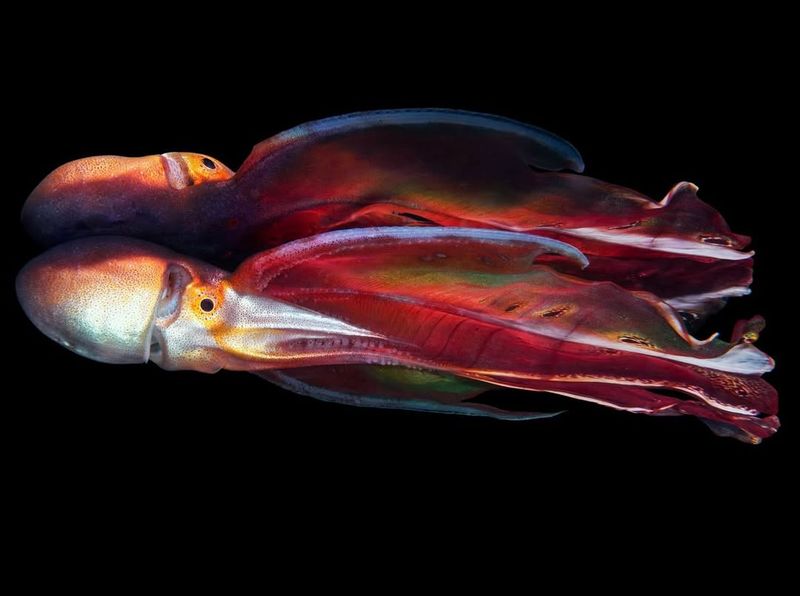
Humboldt Squids, or “Red Devils,” are known for their aggressive pack hunting. They form large shoals in the Pacific Ocean, using coordinated movements to surround and capture prey.
These squids communicate through color changes and bioluminescence, a unique adaptation that enhances their hunting efficiency. They often target fish and other squids, using speed and teamwork to increase success.
16. Humpback Whales
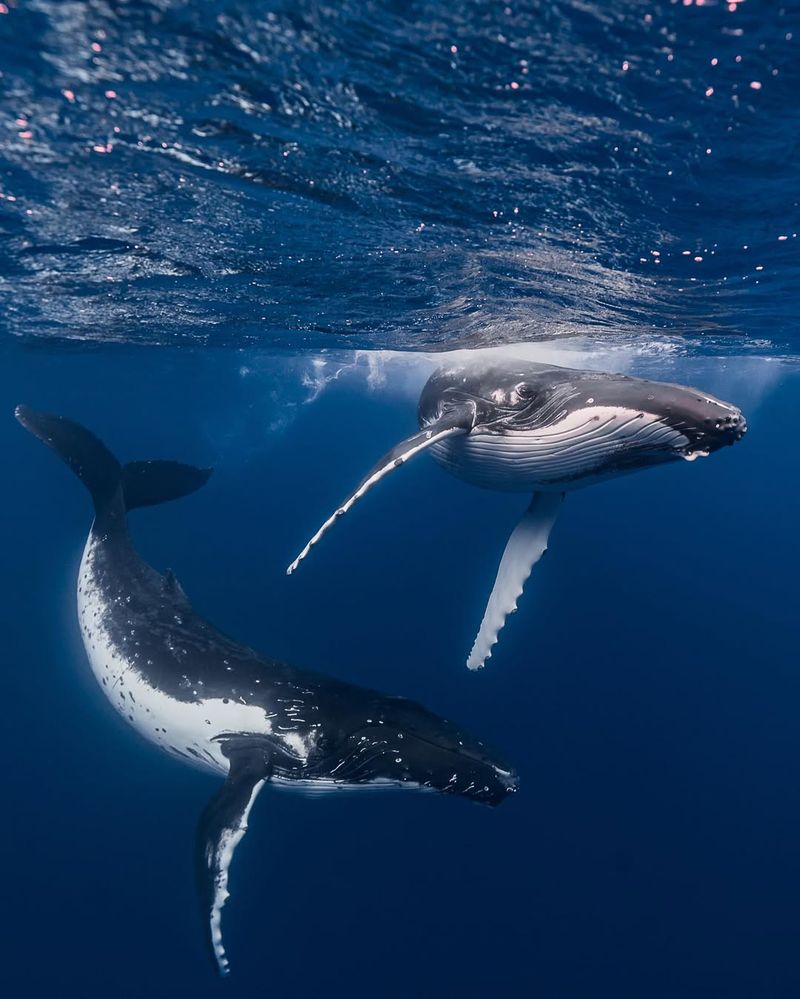
Humpback Whales are renowned for their “bubble-net feeding,” a cooperative hunting technique. Groups of whales create a net of bubbles to encircle fish, driving them to the surface in a tight ball.
This strategy requires precise coordination, with each whale playing a specific role. Humpbacks communicate through a series of vocalizations, ensuring the success of this complex hunting method.
17. Crocodiles
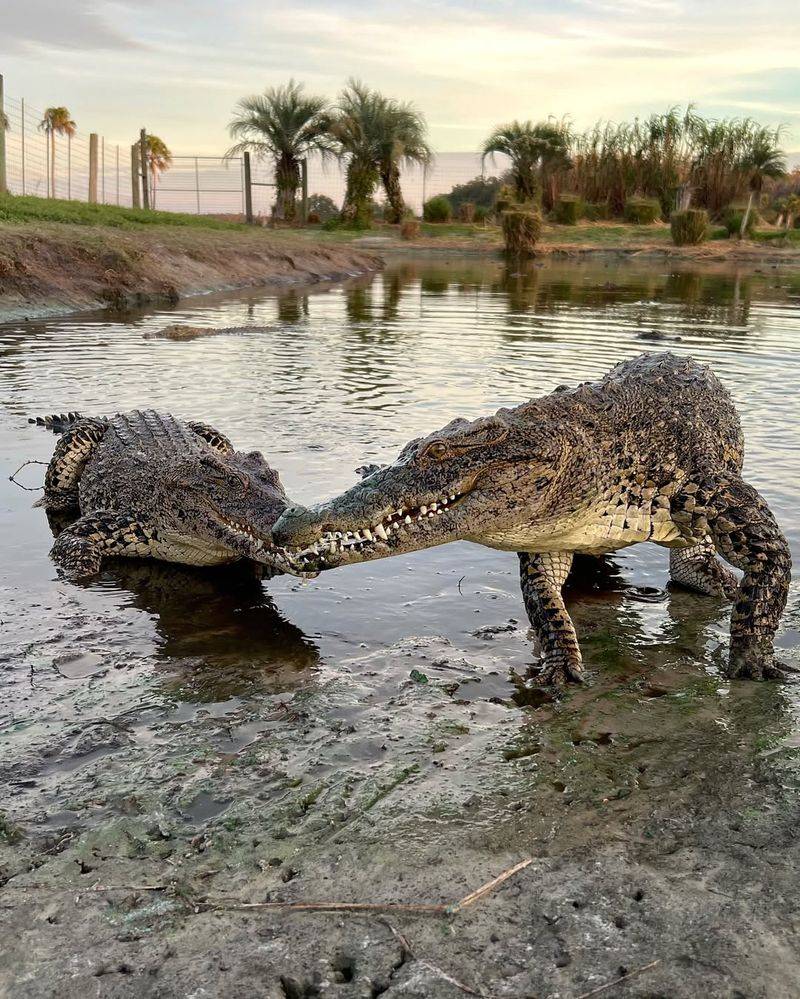
Crocodiles are often solitary hunters, but during specific circumstances, they can collaborate. In some regions, they coordinate to herd fish towards shallower waters, making them easier to catch.
This rare cooperation usually occurs in densely populated habitats where individual hunting is less efficient. By working together, they maximize their hunting success and minimize energy expenditure.
18. African Penguins
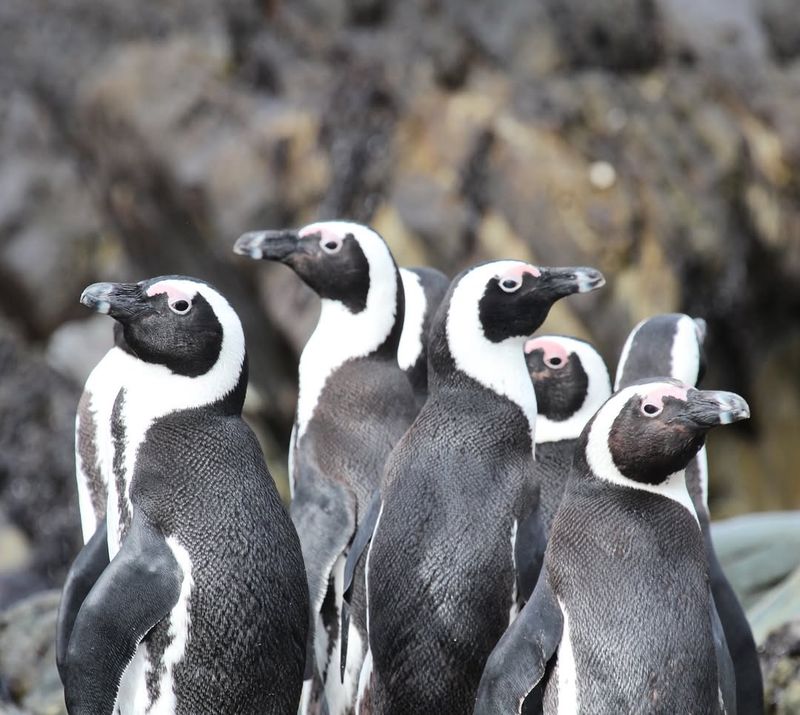
African Penguins, also known as Jackass Penguins, hunt in groups, using their numbers to effectively catch fish. When in the water, they coordinate their movements to herd fish into compact schools.
This collective hunting method increases their chances of a successful catch, ensuring adequate food supply for their colony. On land, they exhibit strong social bonds, with colonies providing protection and support.
19. Yellowjackets
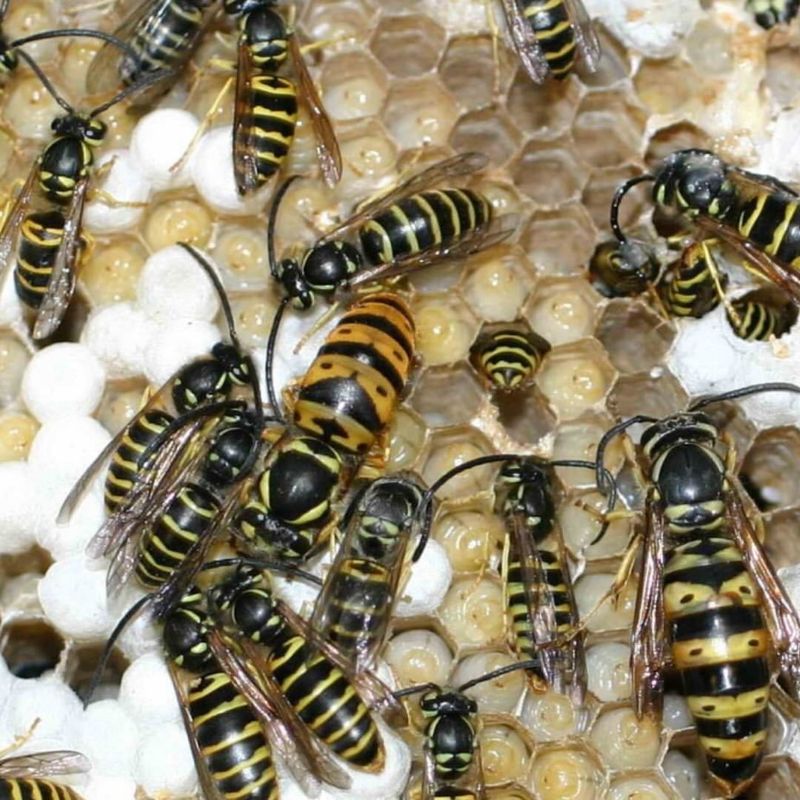
Yellowjackets, a type of wasp, hunt collectively to capture prey, often insects or spiders. They use their numbers to swarm and subdue larger targets, ensuring food for their colony.
These social insects communicate through pheromones, coordinating their efforts effectively. Their aggressive nature and teamwork make them formidable, especially during the late summer when food demands increase.
20. Red Foxes (In Urban Areas)
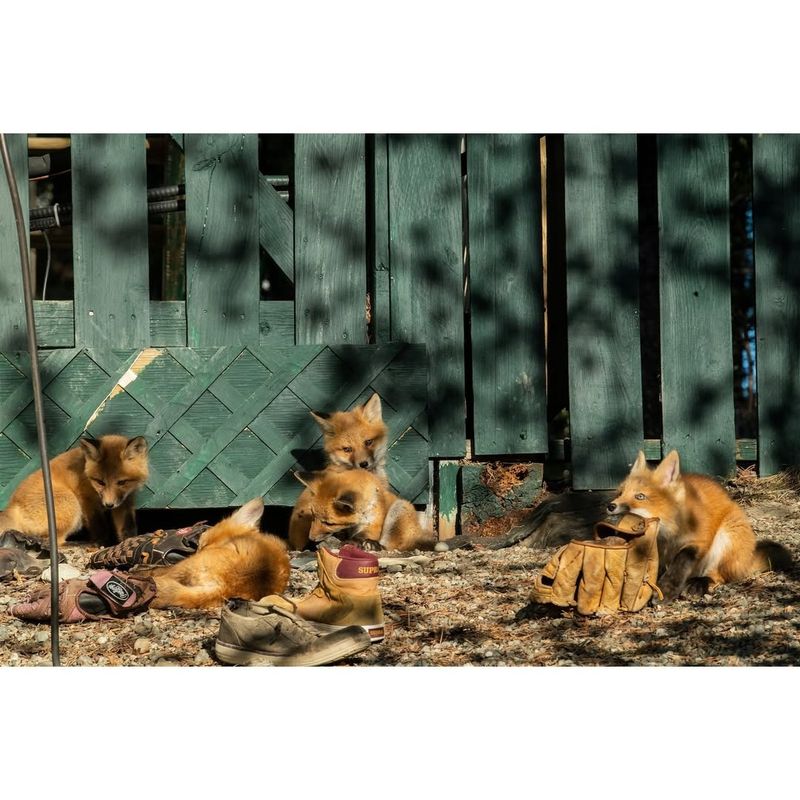
In urban areas, Red Foxes adapt their hunting strategies to the environment. They sometimes hunt in pairs, supporting each other to scavenge food.
This cooperation can include one fox distracting while the other seizes an opportunity, a tactic that maximizes their success in human-dominated landscapes.
21. Coatis
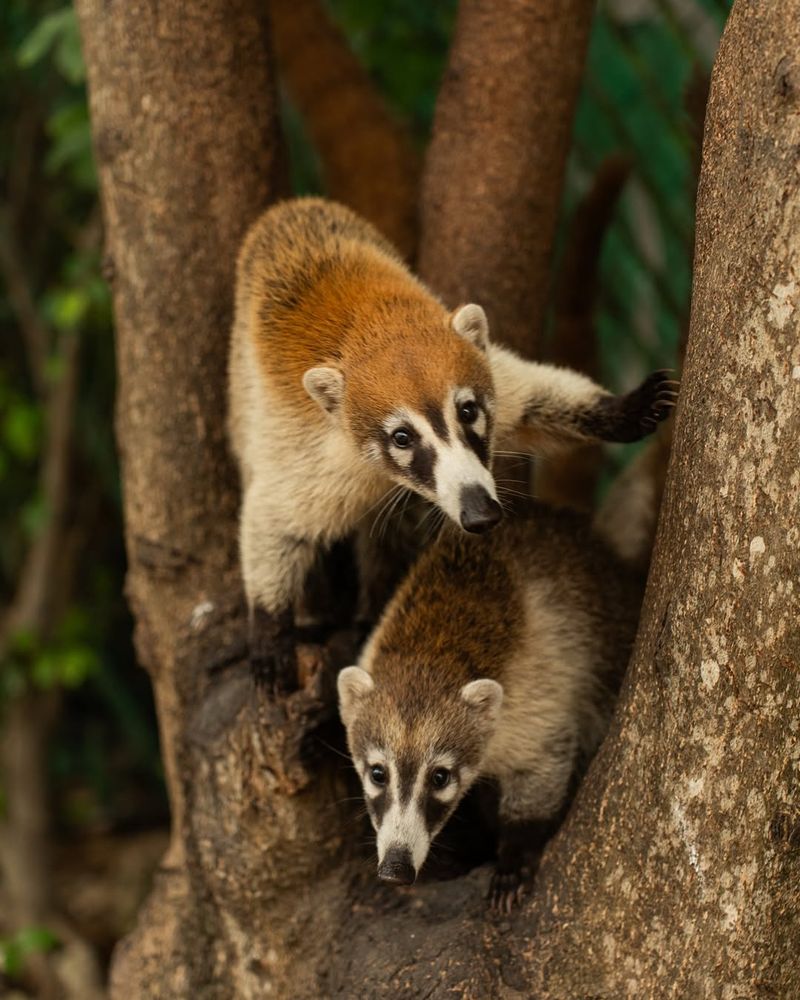
Coatis, members of the raccoon family, live in groups known as bands. These social animals forage together, primarily for fruit and insects, in the dense rainforests of Central and South America.
By hunting and foraging as a group, coatis can effectively locate food and protect each other from predators. Their social bonds are strong, with females and juveniles forming the core of the group.
22. Greenland Sharks
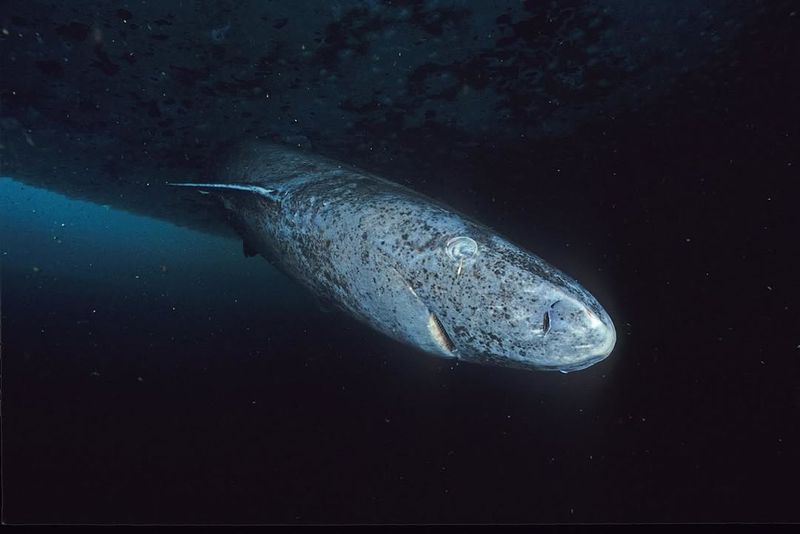
Greenland Sharks are elusive creatures of the Arctic, typically solitary. However, rare observations suggest they may gather to feed on large carcasses, displaying temporary cooperative behavior.
This opportunistic collaboration allows them to efficiently exploit food resources in the harsh Arctic environment. Despite their solitary nature, such interactions highlight adaptability and the potential for social behavior in extreme conditions.
23. American Bison
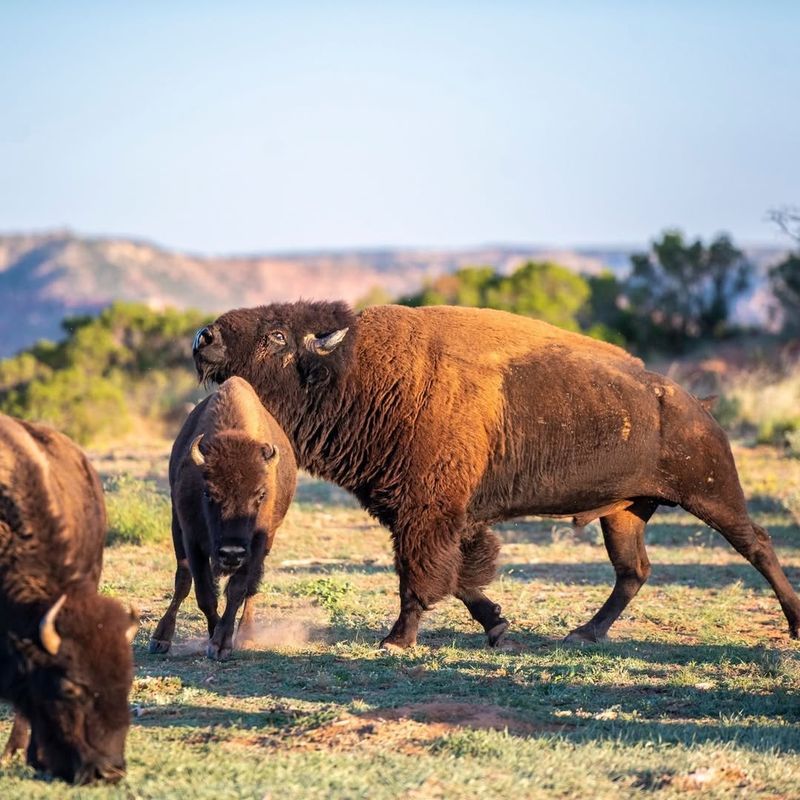
American Bison, icons of the North American plains, don’t hunt but roam in large herds that provide protection and support. Their collective movement can deter predators like wolves, showcasing strength in numbers.
The social structure within a herd ensures cooperation, with members often taking turns leading or guarding calves. Such dynamics enhance their survival, illustrating the benefits of group living.
24. Army Ants
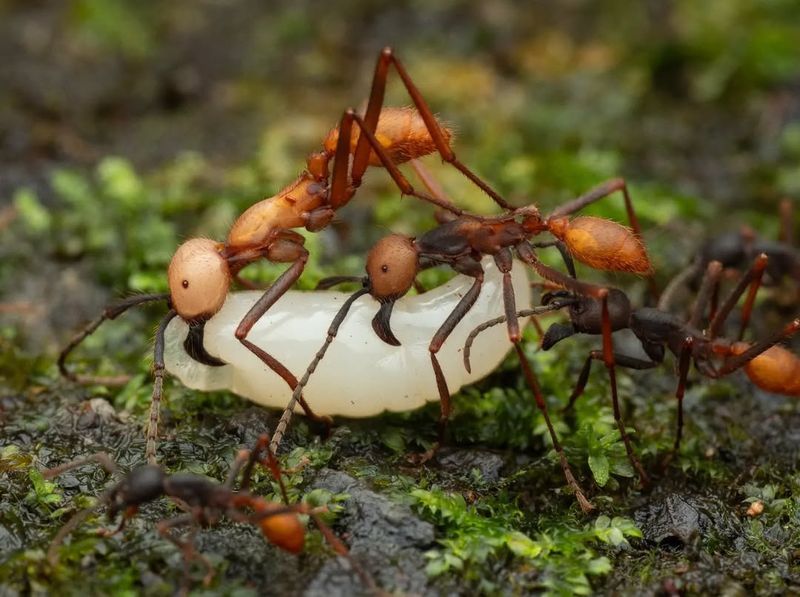
Army Ants are renowned for their organized hunting strategies, forming massive colonies that can number in the millions. They move in columns, overwhelming prey with sheer numbers.
This swarm intelligence enables them to efficiently scavenge and hunt for food, providing sustenance for the entire colony. Their coordination is achieved through chemical pheromones, guiding their collective efforts.
25. Dusky Dolphins

Dusky Dolphins, known for their acrobatics, are also skilled cooperative hunters. They form pods that use complex strategies to herd fish into tight groups, making them easier to catch.
Communication through clicks and whistles allows them to coordinate these maneuvers with precision. Their social bonds are strong, with frequent interactions reinforcing group cohesion.
26. Common Ravens
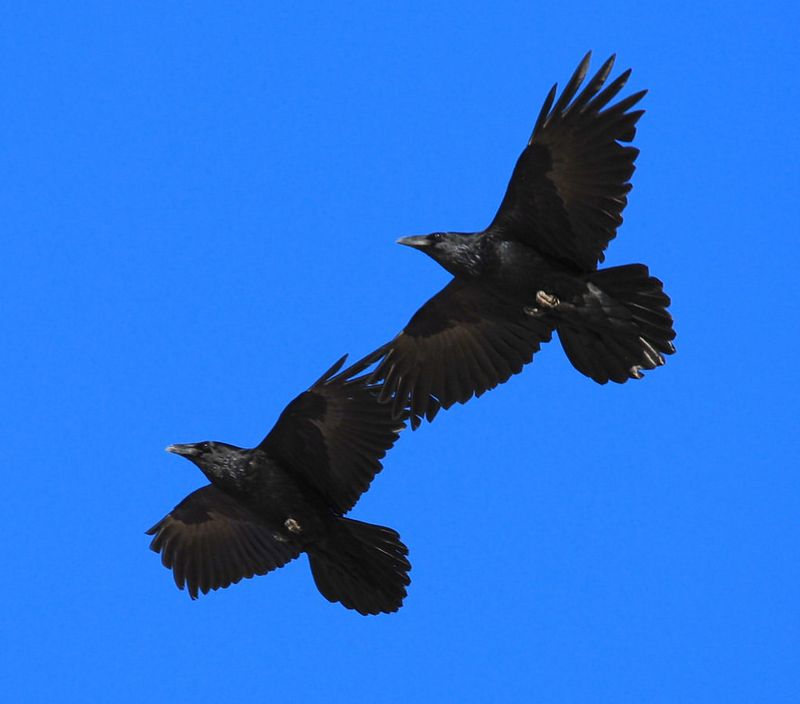
Common Ravens are intelligent birds known for their problem-solving skills and social behavior. They often work together to find food, especially in challenging environments like snowy landscapes.
Ravens communicate with a wide range of vocalizations, enhancing their ability to collaborate. Their cooperative behavior includes alerting others to food sources and working together to access difficult-to-reach areas.
27. Electric Eels
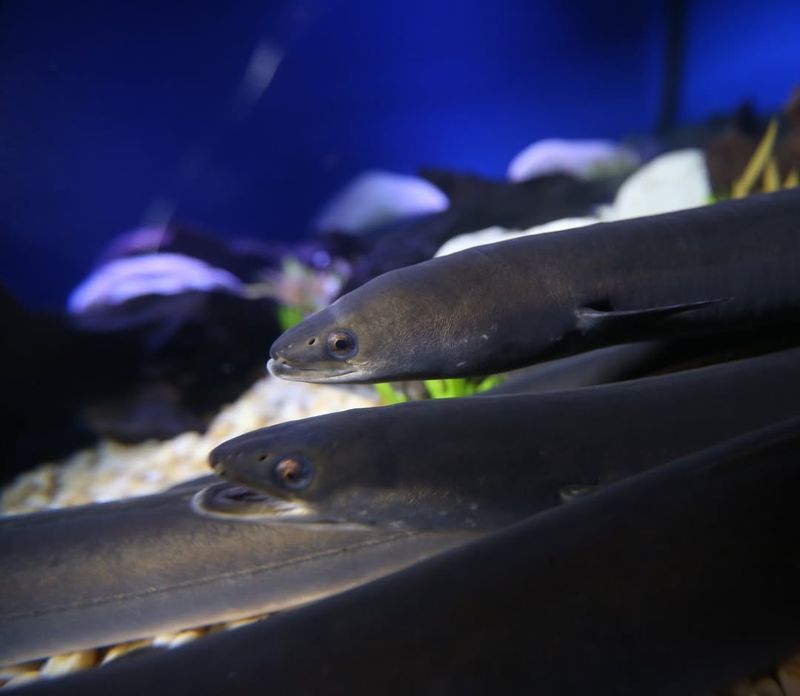
Electric eels are not just solitary shocks in the water; they unleash a shocking surprise by hunting in packs. When these electric fish unite, they orchestrate a high-voltage strategy that leaves prey with little chance to escape.
These eels, found in the murky waters of the Amazon, use coordinated electric bursts to herd fish into tight groups, making it easier to zap them into submission.
Teamwork enhances their electrical ability, allowing them to overpower larger prey and ensuring a bountiful feast for the group. Who knew eels could be such electrifying team players?

